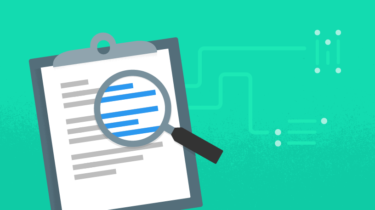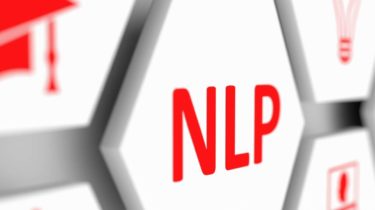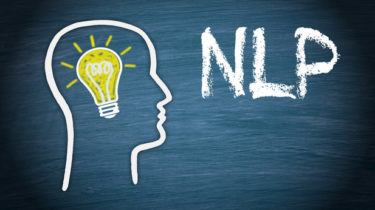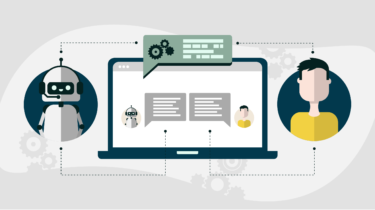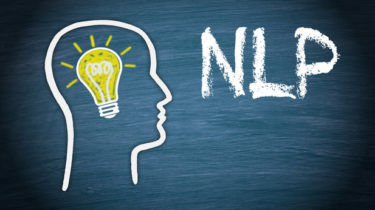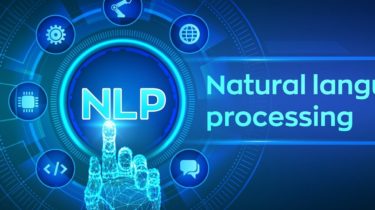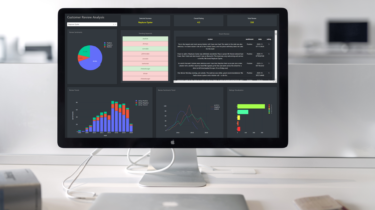Text detection from images using EasyOCR: Hands-on guide
# Changing the image path IMAGE_PATH = ‘Turkish_text.png’ # Same code here just changing the attribute from [‘en’] to [‘zh’] reader = easyocr.Reader([‘tr’]) result = reader.readtext(IMAGE_PATH,paragraph=”False”) result Output: [[[[89, 7], [717, 7], [717, 108], [89, 108]], ‘Most Common Texting Slang in Turkish’], [[[392, 234], [446, 234], [446, 260], [392, 260]], ‘test’], [[[353, 263], [488, 263], [488, 308], [353, 308]], ‘yazmak’], [[[394, 380], [446, 380], [446, 410], [394, 410]], ‘link’], [[[351, 409], [489, 409], [489, 453], [351, 453]], ‘bağlantı’], [[[373, 525], […]
Read more